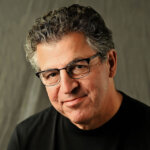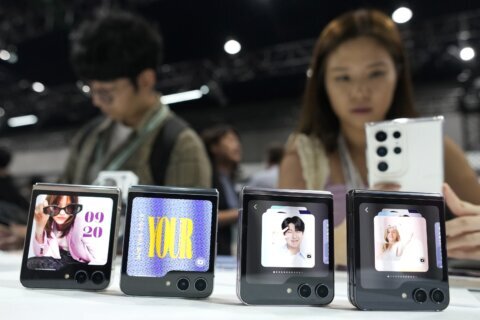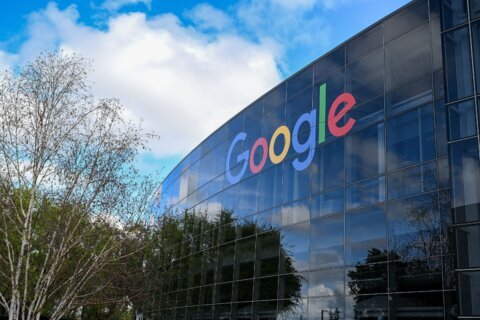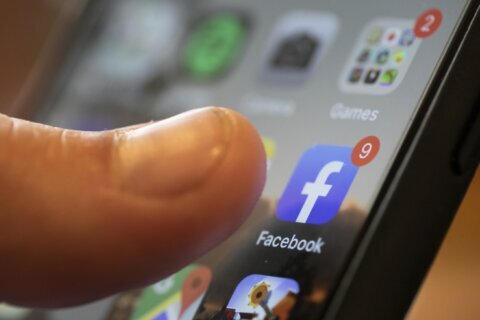A new study shows facial recognition software developed after the start of the COVID-19 pandemic is doing a better job at recognizing masked faces.
The report produced by the National Institute of Standards and Technology is the first to measure performance of face recognition algorithms developed after the onset of the pandemic. In earlier studies, software available before the pandemic often had trouble with masked faces.
“In the best cases, software algorithms are making errors between 2.4% and 5% of the time on masked faces, comparable to where the technology was in 2017, on unmasked faces,” said NIST’s Mei Ngan, one of the study’s authors.
The new study adds the performance of 65 newly submitted algorithms to those tested on masked faces in the previous round.
Using the same 6 million images it had used previously, researchers again tested the algorithms’ ability to perform “one-to-one” matching, in which a photo is compared with a different photo of the same person,
“It’s the function used for unlocking our cellphones, to trying to authenticate our identities when we’re using e-gates at airports,” Ngan told WTOP.
As with the earlier testing, the images had mask shapes digitally applied, rather than showing people wearing actual masks.
Some of the NIST report’s finding include:
When both the new image and the stored image are of masked faces, error rates run higher. When the face was occluded in both photos, false match rates ran 10 to 100 times higher than if the original saved image showed an uncovered face. With smartphones using one-to-one matching for security, it would be far more likely for a stranger to successfully unlock a phone if the saved image were of a masked person.
The more of a face a mask covers, the higher the algorithm’s error rate. Round mask shapes, which only cover the mouth and nose, generated fewer errors than ones that stretch across the cheeks. Masks covering the nose produced more errors than those that did not.
Mask colors affect the error rate. The new study added two mask colors — red and white — to the original study’s black and light blue. “Black and red masks have more errors,” said Ngan, although the study doesn’t examine possible reasons for the color-based error scores..








